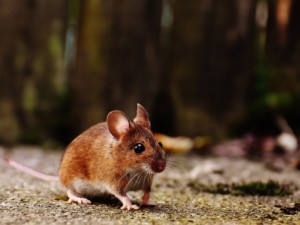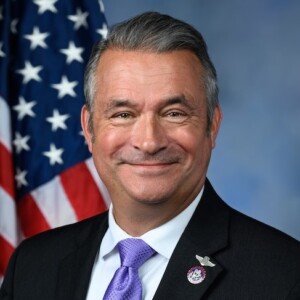Exploring Stakeholder Perspectives on the Development of a Gene Drive Mouse for Biodiversity Protection on Islands
 Gene drives — mechanisms for biased inheritance —have implications for a wide range of fields, including public health, ecology, national security, and more. Gene drives can occur naturally in populations, but scientists are working to develop new drives in the lab through genetic engineering. Potential applications of these genetically engineered drives include eradicating mosquitoes to address the spread of human and avian malaria and eliminating invasive rodents on islands. Communities, stakeholders, and the broader public will likely be following their development, whether with enthusiasm, opposition, concerned scrutiny, or a combination of all of the above. Keystone is working in partnership with North Carolina State University and Arizona State University to incorporate stakeholder and community input into gene drive research exploring the feasibility and suitability of the use of gene drives for control of invasive rodents, which threaten island ecologies and biodiversity.
Gene drives — mechanisms for biased inheritance —have implications for a wide range of fields, including public health, ecology, national security, and more. Gene drives can occur naturally in populations, but scientists are working to develop new drives in the lab through genetic engineering. Potential applications of these genetically engineered drives include eradicating mosquitoes to address the spread of human and avian malaria and eliminating invasive rodents on islands. Communities, stakeholders, and the broader public will likely be following their development, whether with enthusiasm, opposition, concerned scrutiny, or a combination of all of the above. Keystone is working in partnership with North Carolina State University and Arizona State University to incorporate stakeholder and community input into gene drive research exploring the feasibility and suitability of the use of gene drives for control of invasive rodents, which threaten island ecologies and biodiversity.
A North Carolina State University (NCSU)-led team funded by the U.S. Defense Advanced Research Projects Agency (DARPA) Safe Genes program (https://www.darpa.mil/program/safe-genes) aims to develop and test a mammalian gene drive system in mice. If successful, the work will provide insight into the fundamentals of gene drive technologies and expand the tools available to manage invasive species, like rodents, that threaten biodiversity and human food security, and that serve as potential reservoirs of infectious diseases affecting native animal and human populations.
In addition to its technical team, which includes partners from the Commonwealth Scientific and Industrial Research Organisation in Australia (CSIRO), University of Adelaide, Texas A&M University, and Island Conservation (an NGO), the Safe Genes gene drive mouse effort includes a stakeholder engagement team of experts tasked with qualitatively assessing the questions, should we create this drive and, if so, under what conditions? The stakeholder engagement team is led by North Carolina State University, which has in turn partnered with Keystone Policy Center, Arizona State University, and the Expert & Citizen Assessment of Science and Technology (ECAST) network to design and conduct engagement activities, including a landscape analysis of stakeholder interests and perspectives surrounding the development of a gene drive mouse for biodiversity protection in island settings and a stakeholder workshop.
Keystone does not advocate for a specific outcome regarding the use of gene drives.
Report: Exploring Stakeholder Perspectives on the Development of a Gene Drive Mouse for Biodiversity Protection on Islands
Supported by the DARPA Safe Genes award, “Restoring Ecosystems and Biodiversity through Development of Safe and Effective Gene Drive Technologies,” Keystone partnered in a collaborative effort to interview diverse stakeholders to understand the landscape of interests, values, and concerns about developing a gene drive mouse in order to protect biodiversity on ocean islands. The findings will inform ongoing discussions and decisions by those funding and conducting research on gene drives in mice about their feasibility, safety, and social desirability. For transparency, a copy of the report is published on the website of Keystone Policy Center as well as that of partner institution the Genetic Engineering and Society Center, neither of which are formal members of the Safe Genes team nor the Genetic Biocontrol of Invasive Rodents (GBIRd) international partnership.
CITE AS:
Jason Delborne, Julie Shapiro, Mahmud Farooque, Tyler Ford, Dalton George, and Sonia Dermer. “Exploring Stakeholder Perspectives on the Development of a Gene Drive Mouse for Biodiversity Protection on Islands.” Summary Report of Stakeholder Interviews. February 2019. Available online at https://go.ncsu.edu/ges-gene-drive-landscape.









